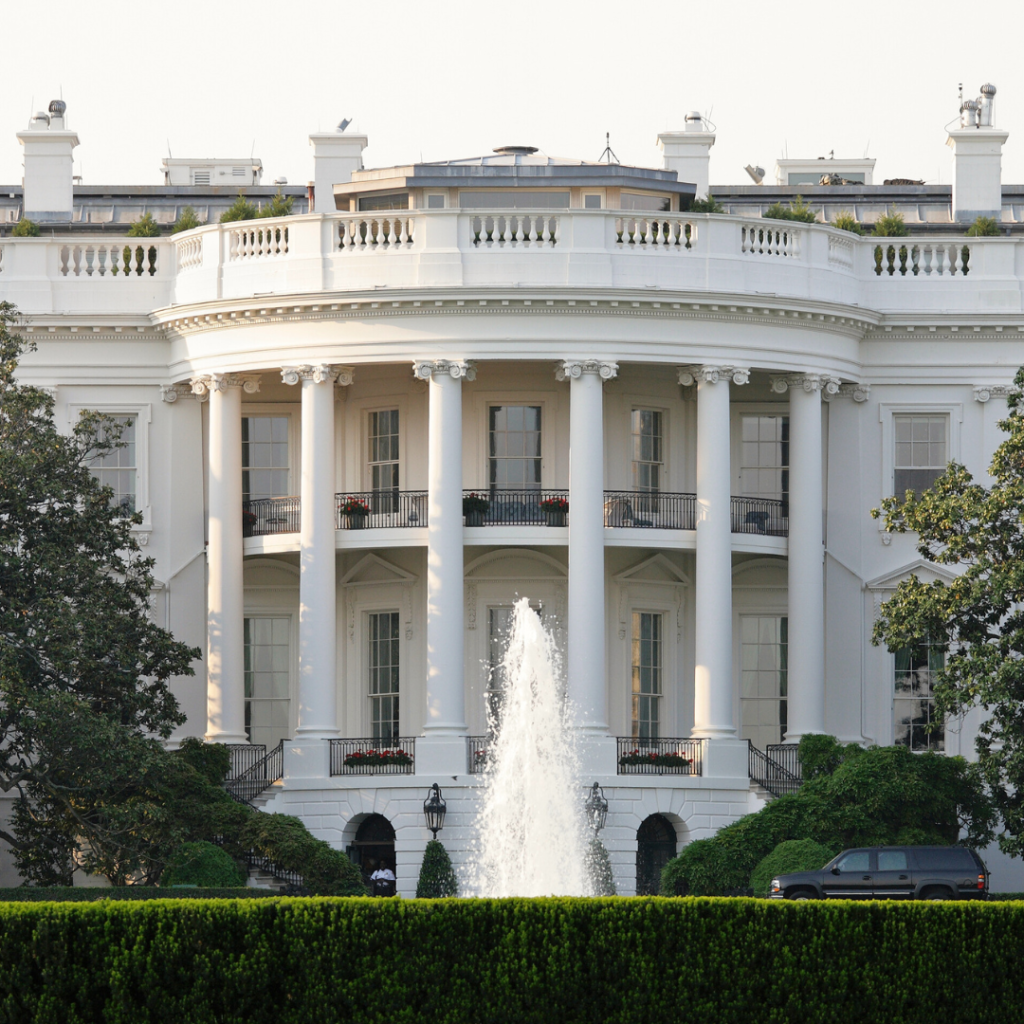Office-to-residential conversions would seem to address the crises in both sectors. But these projects are tricky for any number of reasons: Blocky office floorplates don’t lend themselves well to regulatory requirements for apartments, namely bedroom windows. Vacancies aren’t evenly distributed, and hardest-hit buildings tend to be clustered in downtown areas with few amenities such as grocery stores and restaurants. Transformations already underway represent the low-hanging fruit, namely office buildings located in vibrant residential neighborhoods.
Buttigieg noted that urban downtowns tend to be situated near public transit, which brings office corridors under his purview. To that end, the department is releasing guidance for cities, states and developers to tap into financing from two of its flagship programs — which together account for more than $35 billion in lending — for rehab projects. Buttigieg said that new guidance will also allow transit agencies to transfer properties at no cost to local governments or developers for transit-oriented affordable housing developments.
“Our intention is to make the most of this opportunity to add more housing near transit in ways that not only reduce the cost of housing, but also often reduce the cost of transportation,” Buttigieg said. “The cost of transportation is often the second-biggest cost for low-income Americans, second only to housing itself.”
For its part, the Department of Housing and Urban Development will make the conversions eligible for direct funding under the Community Development Block Grants program. The Biden administration has so far issued some $10 billion in block grants, which typically offer flexible spending for grantees for a wide variety of purposes. This guidance represents the first update to the program in 15 years. “We are modernizing the use of our grants to meet the needs of localities and states today,” said HUD Deputy Secretary Adrianne Todman.

